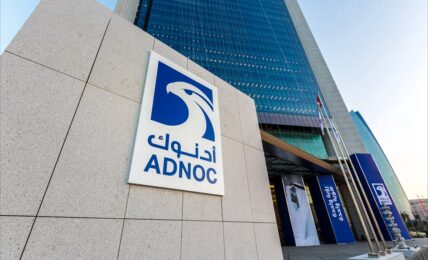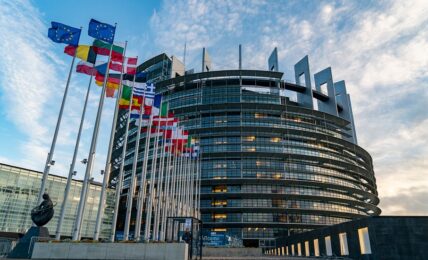The U.S. Treasury Department and Internal Revenue Service (IRS) announced the release of proposed new rules for hydrogen producers to qualify for clean hydrogen tax credits, a key subsidy aimed at scaling the clean hydrogen industry in order to decarbonize major emissions-intensive sectors.
The proposed rules include stringent qualification conditions aimed at minimizing the lifecycle emissions of clean hydrogen production, including requirements for the production process to be powered by new clean energy capacity, and for producers to ensure that the process is powered by clean energy on an hourly basis.
Hydrogen is viewed as one of the key building blocks of the transition to a cleaner energy future, particularly for sectors with difficult to abate emissions, in which renewable energy solutions such as wind or solar are less practical.
Around 10 million metric tonnes (MMT) of hydrogen are currently produced in the U.S., and approximately 94 million metric tonnes globally, although the vast majority is extracted using fossil fuels, which create pollutants and GHG emissions. U.S. hydrogen production, for example, is primarily based on extraction from natural gas through steam methane reforming, and currently generates around 100 million tonnes of greenhouse gas emissions per year.
The development of clean hydrogen capacity, such as green hydrogen, which uses renewable energy to power the process to extract hydrogen from other materials, will require massive investments in areas including infrastructure, electrolysis, transport and storage. The electrolysis process is energy intensive, requiring significant amounts of low-carbon electricity to power green hydrogen production.
In June 2023, the Biden administration released the U.S. National Clean Hydrogen Strategy, aimed at significantly ramping the production, use and distribution of low carbon hydrogen for use in energy intensive industries and including a goal to scale U.S. clean hydrogen production and use to 10 million metric tonnes by 2030, and as much as 50 million tonnes by 2050.
One of the administration’s key tools to incentivize the development of clean hydrogen capacity is the Inflation Reduction Act’s Clean Hydrogen Production Credit, a tax credit that includes four tiers based on lifecycle emissions, starting at $0.60 and going as high as $3.00 per kg for near-zero emissions hydrogen.
Under the rules proposed by the Treasury Department, three criteria are considered for the use of energy attribute certificates (EACs) to demonstrate the use of clean power to qualify for the tax credit, including requirements for the energy to be sourced from new clean power capacity, such as power generators that began operation within three years of the hydrogen facility entry into service, for the power to be sourced from the same region as the hydrogen production, and, beginning in 2028, for the clean energy to be generated within the same hour as the use of the energy by the electrolyzer. Prior to 2028, annual matching will be allowed, to provide time for hourly tracking systems to become more widely available.
Environmental groups welcomed the new proposed rules, while several industry groups maintained that the requirements were overly stringent, and would slow the development of the clean hydrogen industry.
In a statement released following the proposed rules, clean energy transition-focused non-profit group RMI’s U.S. Program Managing Director Leia Guccione, said:
“We applaud the US Treasury for leading a rigorous process that was inclusive of input from a wide array of stakeholders and comprehensive in its considerations of industry and community needs. They have developed guidance that strikes a thoughtful balance between administrative practicality, intentional market-shaping, and environmental integrity while being responsive to the current needs of the American hydrogen industry.”
Hydropower and nuclear industry groups on the other hand argued that the rules would prevent the use of low-carbon power generation that already exists in helping to scale the clean hydrogen sector, slowing the decarbonization of key emissions intensive sectors.
The National Hydropower Association released a statement opposing the new rules, which stated:
“The Administration is needlessly discriminating against existing carbon-free resources, like hydropower and nuclear. Requiring clean hydropower to rely on electricity generation that has not yet been built will hinder our nation’s efforts to address climate change… We cheered the passage of the Inflation Reduction Act as a game changer for our industry, but we cannot let draconian rules defeat the very purpose of this legislative effort.”
The new rule is open for a 60 day comment period, with the Treasury and IRS stating that they will “carefully consider comments before issuing final rules.”



